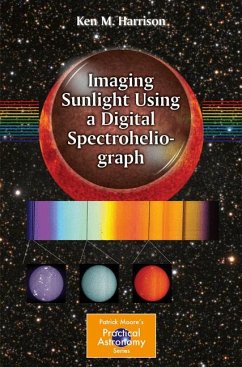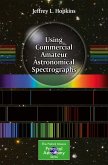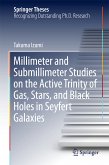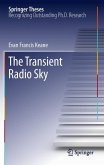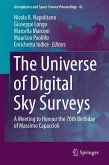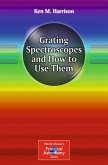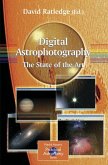Ken M. Harrison's latest book is a complete guide for amateur astronomers who want to obtain detailed narrowband images of the Sun using a digital spectroheliograph (SHG). The SHG allows the safe imaging of the Sun without the expense of commercial 'etalon' solar filters. As the supporting software continues to be refined, the use of the digital spectroheliograph will become more and more mainstream and has the potential to replace the expensive solar filters currently in use. The early chapters briefly explain the concept of the SHG and how it can produce an image from the solar spectrum. A comparison of the currently available narrow band solar filters is followed by a detailed analysis of the critical design, construction and assembly features of the SHG. The design and optimum layout of the instrument is discussed to allow evaluation of performance. This information explains how to assemble a fully functional SHG using readily available components. The software required to process the images is explained and step by step examples provided, with various digital instruments around the world highlighted based on input from many experienced amateurs who have shared their experience in building and using their spectroheliographs. The final chapters provide a historical overview of the traditional spectroheliograph and the later spectrohelioscope, from the initial G.E.Hale and Deslandres concepts of the 1890's through to the later work by Veio and others. The construction and performance of various instruments is covered in detail, and provides a unique opportunity to record and appreciate the groundbreaking researches carried out by amateurs in the 20th century. This is an absolutely up to date book which fully addresses the watershed, game changing influence of the digital imaging revolution on the traditional spectroheliograph.
Dieser Download kann aus rechtlichen Gründen nur mit Rechnungsadresse in A, B, BG, CY, CZ, D, DK, EW, E, FIN, F, GR, HR, H, IRL, I, LT, L, LR, M, NL, PL, P, R, S, SLO, SK ausgeliefert werden.

